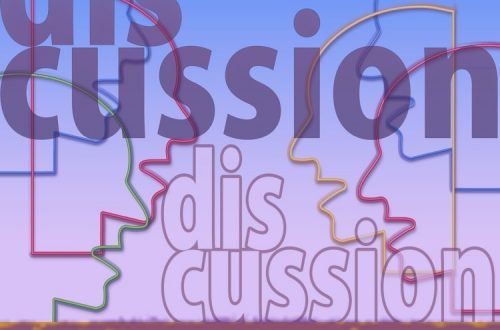5 Strategies to Effectively Infuse Diversity and Inclusion into Your Next Training
From my experience, I find that most facilitators of courses and training sessions can infuse issues of diversity and inclusion to a far greater extent than they currently do.
If you’ve followed my blogs, you may be familiar with a metaphor that I often use when speaking of how to infuse diversity and inclusion. I liken it to creating a layer cake – it all starts with a solid foundation.
Acknowledge the Organization’s Commitment to Creating Inclusion
As a very quick refresher, Layer 1 (the foundation layer) involves acknowledgment of the organization’s commitment to creating an inclusive environment for all members. In this layer, participants also begin to explore their roles and responsibilities in creating an inclusive organization for all.
Infuse Diversity by Shifting Traditional Ways of Depicting People
Layer 2 focuses on using training examples and images that shift traditional ways of depicting people based on their privileged and marginalized group memberships. Here, activities are designed to minimize any negative differential impact on members of different social identity groups by race, nationality, sex, gender identity, sexual orientation, level/position, age, disability status, etc.
HOW We Teach is Critical to Successful Learning and Retention

Layer 3 is where we focus on our role as course facilitators: Obviously the content of our sessions, the WHAT we teach, is important. I also believe that HOW we teach may be equally – if not more -critical to successful participant learning and retention.
Because this is an in-depth topic, I’ll hone in here on a few basic ways you as a training facilitator can help participants get some foundational experience and capacity to effectively engage diversity in their work responsibilities with some common sense strategies.
5 Strategies to Infuse Diversity and Inclusion into Training Courses
- Design training activities so participants interact with and learn from a wide variety of people.
- Invite verbal participation from a full range of participants across group memberships.
- Acknowledge the input and contributions across the range of group memberships.
- Pay attention to the content of what is discussed and notice which issues of diversity are discussed and which, if any, are not; then invite participants to broaden the conversation.
- Track group dynamics for common unproductive behaviors that undermine authentic dialogue; respond in ways that re-establish a productive learning environment.
In upcoming blogs, I’ll delve deeper into many of the strategies above; here, I’d like to close with an important tip to keep in mind:
 Whether you’re teaching about stress management, world history, effective communication, career skills, economics, or virtually any subject, these facilitation tools can help create the container to deepen learning as well as teach participants how to pay more attention to issues of diversity and inclusion.
Whether you’re teaching about stress management, world history, effective communication, career skills, economics, or virtually any subject, these facilitation tools can help create the container to deepen learning as well as teach participants how to pay more attention to issues of diversity and inclusion.
Don’t forget to stay tuned for upcoming posts so you can gain more insight into the strategies above.
If you’re really serious about getting all the tools and activities to design and train engaging, productive foundational workshops of diversity and social justice, I’ve got some exciting events rolling out soon– visit my Events page to find the one that’s the perfect fit for your organization.



